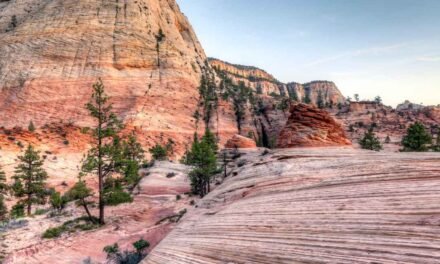Zion National Park, located in southwestern Utah, is a stunning showcase of sandstone cliffs, towering monoliths, and lush valleys that attract millions of visitors annually. While the park’s unique geology is undoubtedly breathtaking, its rich human history is equally intriguing. In this article, we’ll explore the history of Zion National Park, delving into the lives of its earliest inhabitants, the formation of the park, and the efforts to preserve and improve this natural treasure.
Native American History
The Earliest Inhabitants
The area now known as Zion National Park has been home to indigenous peoples for thousands of years. The earliest inhabitants were the Ancestral Puebloans, who lived in the region from approximately 2,000 years ago until around 800 years ago. These early inhabitants left behind a rich archaeological record, including petroglyphs, pottery shards, and remnants of their distinctive cliff dwellings.
The Paiute Tribe
Following the departure of the Ancestral Puebloans, the Southern Paiute tribe moved into the region, establishing a strong connection with the land that persists to this day. The Paiutes lived in harmony with their surroundings, relying on hunting, gathering, and small-scale agriculture for sustenance. Their name for the area, “Mukuntuweap,” means “straight canyon,” a reference to the striking vertical cliffs that define Zion’s landscape.
Contact with European Settlers
In the early 19th century, the first European explorers and settlers arrived in the region, drawn by the promise of fertile land and valuable resources. As more settlers moved into the area, the Southern Paiute people were forced off their ancestral lands, disrupting their traditional way of life. Despite these challenges, the Paiute tribe has maintained a strong cultural presence in the region, working to preserve their heritage and protect their sacred sites within the park.
Historical Artifacts and Discoveries
Prehistoric Artifacts
Zion National Park is rich in archaeological evidence of its prehistoric inhabitants. Excavations within the park have uncovered a wealth of artifacts, including pottery, stone tools, and petroglyphs, which provide a glimpse into the lives of the Ancestral Puebloans and other indigenous peoples who called the region home.
Historic Structures and Artifacts
As European settlers moved into the area, they constructed homes, farms, and other structures to support their growing communities. Many of these historic structures, such as the Grotto House and the Cable Mountain Draw Works, can still be seen within the park today. Artifacts from the 19th and early 20th centuries, including farming equipment, photographs, and documents, can also be found in the park’s museums and archives.
Settlement and Exploration
Mormon Settlers
In the mid-19th century, Mormon settlers began to establish communities in the region surrounding Zion National Park. The Mormons were drawn to the area’s fertile soil, abundant water, and potential for agricultural development. They built towns, farms, and irrigation systems, transforming the landscape in the process. The Mormons also played a significant role in the exploration and promotion of the region’s natural wonders, laying the groundwork for the eventual creation of Zion National Park.
Scientific Exploration
As the region’s population grew, so too did interest in the scientific study of its unique geology, flora, and fauna. In the late 19th and early 20th centuries, geologists, botanists, and other researchers conducted extensive surveys and studies within the park. These explorations yielded valuable insights into the area’s geologic history, plant and animal life, and potential for tourism and recreation.
Political Discussions and Park Formation
Early Preservation Efforts
In the early 20th century, a growing appreciation for the region’s natural beauty and unique geological features led to calls for its protection. Local residents, including Mormon settler and advocate Isaac Behunin, campaigned for the creation of a national park to preserve the area for future generations. Their efforts caught the attention of influential politicians and conservationists, setting the stage for the park’s eventual establishment.
Formation of Zion National Park
On July 31, 1909, President William Howard Taft declared a portion of the area now encompassed by Zion National Park as Mukuntuweap National Monument, recognizing its geological significance and natural beauty. In 1918, the monument was renamed Zion National Monument, and on November 19, 1919, President Woodrow Wilson signed legislation to create Zion National Park. The park was expanded in 1937 to include the nearby Kolob Canyons area, further protecting the region’s unique landscape and cultural resources.
Changes to Park Boundaries
Since its establishment, the boundaries of Zion National Park have been adjusted several times to accommodate new land acquisitions and protect additional areas of cultural and ecological significance. In 1937, the park was expanded to include the Kolob Canyons area, a stunning wilderness characterized by dramatic cliffs, narrow canyons, and vibrant red sandstone formations. Other smaller boundary adjustments have been made over the years to better protect the park’s resources and accommodate visitor needs.
Infrastructure Improvements
Early Development
In the early decades of the park’s history, infrastructure improvements were focused on making the park more accessible to visitors. Roads, trails, and visitor facilities were constructed to accommodate the growing number of tourists, while also protecting the park’s natural and cultural resources. The iconic Zion-Mount Carmel Highway and Tunnel, completed in 1930, is a prime example of this early infrastructure development, linking Zion to nearby Bryce Canyon and Grand Canyon National Parks.
Modern Improvements
As visitation to Zion National Park has continued to grow, the park has made significant investments in infrastructure improvements to better accommodate visitors and protect its resources. Recent projects have included the expansion of the park’s shuttle system to reduce traffic congestion, the construction of new visitor centers and educational facilities, and the ongoing maintenance and restoration of historic structures and cultural sites within the park.
Environmental Considerations
Recognizing the importance of environmental sustainability, Zion National Park has implemented numerous initiatives to minimize its impact on the surrounding ecosystem. These efforts include the use of renewable energy sources, waste reduction and recycling programs, and the promotion of eco-friendly visitor practices. Through these efforts, the park strives to balance the needs of its visitors with the preservation of its precious natural and cultural resources.
In conclusion, the history of Zion National Park is a rich tapestry of human endeavor, cultural heritage, and natural wonder. From its earliest inhabitants to the ongoing efforts to protect and improve the park, the story of Zion is a testament to the enduring allure of this remarkable landscape. As we continue to explore and appreciate the park’s unique features, we are reminded of our responsibility to safeguard this national treasure for generations to come. By understanding the park’s history, we can gain a deeper appreciation for the challenges faced by those who have called this land home, the efforts of those who have worked to preserve its beauty, and the ongoing commitment to ensure that Zion National Park remains a source of inspiration and wonder for all who visit.
A Lasting Legacy
As Zion National Park approaches its second century, the park’s history serves as a powerful reminder of the importance of conservation and stewardship. The efforts of the Ancestral Puebloans, Southern Paiute tribe, Mormon settlers, explorers, scientists, and dedicated park staff have all contributed to the lasting legacy of this extraordinary place. By learning from their experiences and embracing their commitment to preservation, we can ensure that Zion National Park remains a cherished destination and a source of inspiration for countless generations to come.




